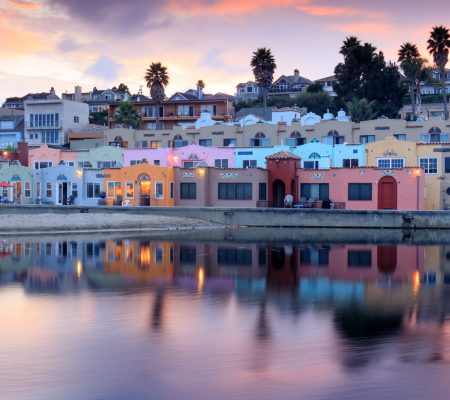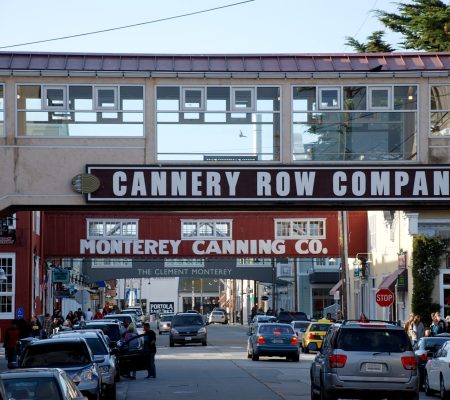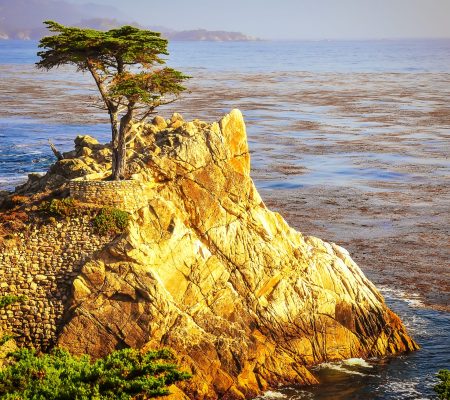
Coastal Luxury Living…
Coastal Residents Local Newsletter
EAT – PLAY – SHOP – STAY
Are you a local resident of the California Coast looking for places to explore, things to do, places to stay & of course, where to eat? Sign up for our monthly newsletter and learn what other locals are sharing.
Welcome Home…
Created & managed by locals
Ocean Pacific Lifestyle is a community newsletter dedicated to promoting & supporting local businesses and attractions that make our coastal community such a beautiful and relaxing place to live. Feel free to upload events, submit local businesses and attractions you feel need to be shared.
Have an informative article, let us know!
| JUNE NEWSLETTER Hollywood Hits the Coast: Josh Brolin Stars in Disney-Backed Film Shooting in Carmel CARMEL-BY-THE-SEA, Calif. — Lights, camera, Carmel! The quiet coastal town is turning into a movie set this week as filming kicks off for a new feature from Buena Vista Productions, a division of The Walt Disney Company.Oscar-nominated actor Josh Brolin leads the cast in this dramatic adaptation of the acclaimed novel Whalefall, which tells the gripping story of a young man diving into the depths of the ocean to recover his father’s remains after a tragic suicide.With the working title “Ahab”, the film promises haunting themes, emotional depth, and stunning oceanic visuals—all set against the iconic backdrop of California’s Central Coast. Production crews have already been spotted filming at Monastery Beach, The Crossroads Carmel shopping center, Monterey Wharf, and Cannery Row.The Monterey County Film Commission confirmed the project but remains tight-lipped about additional details. One thing’s for sure: something big is surfacing in Carmel.   An Evening of Impact: Holding On to Hope Hosts Private Event in Carmel-by-the-Sea .png)  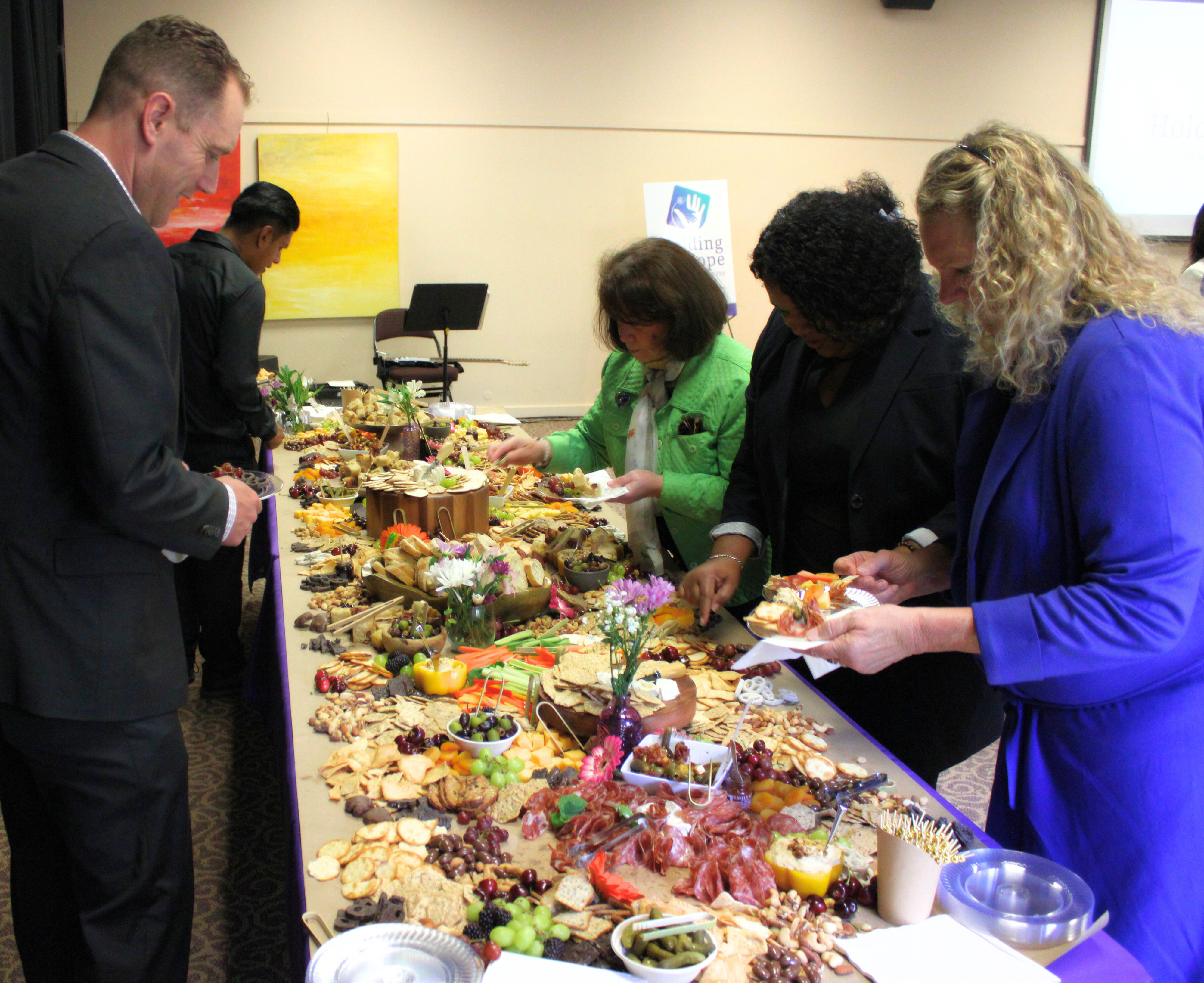  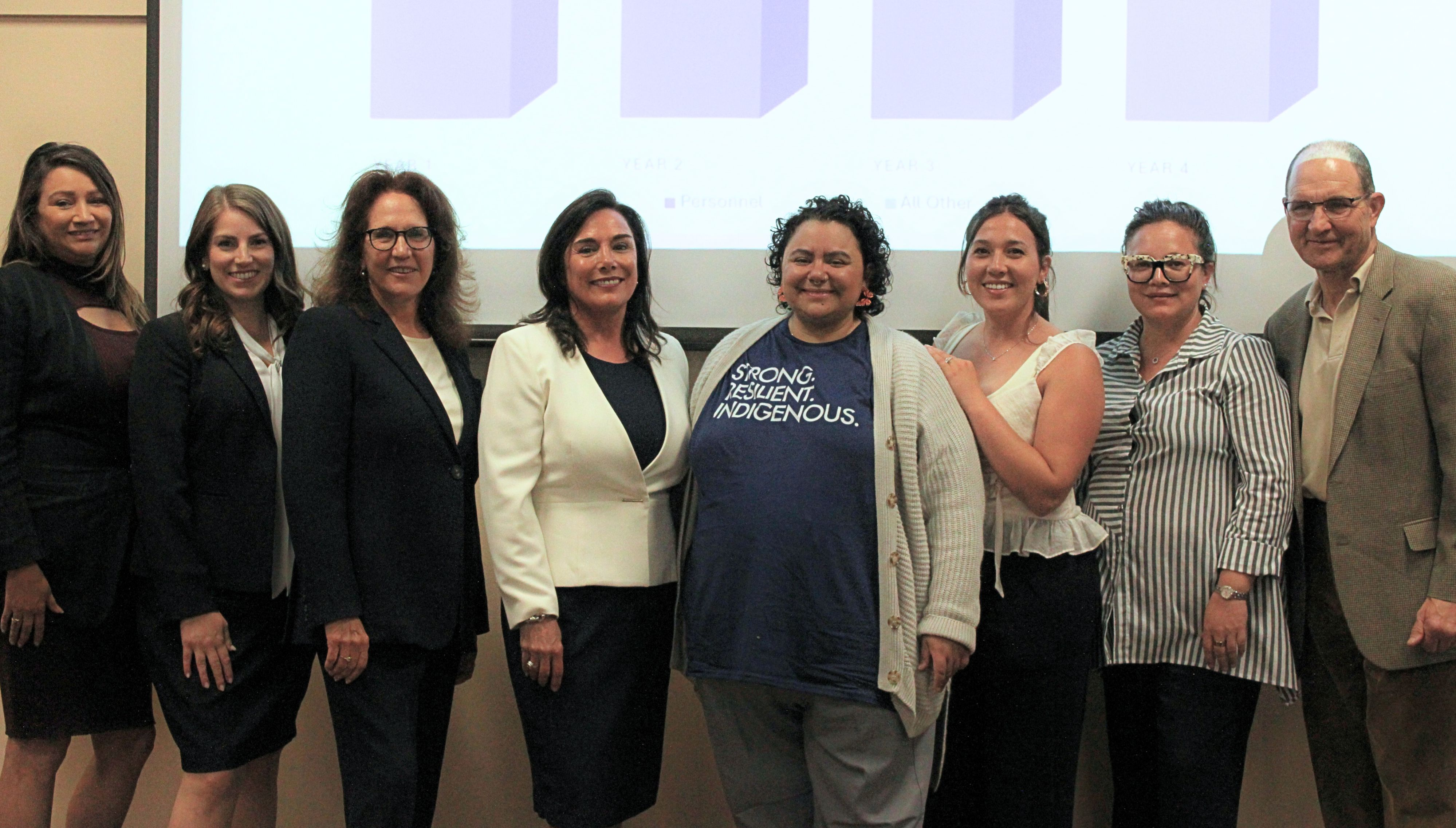 On June 5, 2025, the Holding On to Hope Family Justice Center Board of Directors hosted a private event at the Sunset Cultural Center in Carmel-by-the-Sea. The evening brought together key community leaders and supporters to raise awareness for Monterey County’s Family Justice Center initiative, which provides trauma-informed, one-stop support for survivors of abuse, violence, and trafficking. Guests were welcomed with live jazz by the Monterey Jazz Youth Band, followed by heartfelt remarks from board members Lana Nassoura and District Attorney Jeannine M. Pacioni, who spoke passionately about the urgent need for centralized survivor services.The evening featured a moving spoken word performance and poem by Jess Torres, whose story of survival left a lasting impression. Closing remarks by Board Treasurer Laura Zehm emphasized the importance of continued community involvement and support. The event concluded with a Community Connection Hour featuring wine and hors d’oeuvres, made possible by the collective contributions of generous sponsors including Sunset Cultural Center, Surf & Sand Boardwalk, Bubbly Bins, Monterey Motorsports Festival, Trend Sounds, Platter Perfection, and P.M. Landscaping Service, LLC. To learn more about Holding On to Hope or to support its mission, please visit HoldingOnToHopeFJC.org. TO DO THIS SUMMER FEATURED RESTAURANT The Fish Hopper on Cannery Row in Monterey offers fresh seafood and stunning views of a historic setting. With its casual yet elegant atmosphere and service, it’s the perfect spot for a memorable dining experience by the bay. REAL ESTATE CORNER LOCAL BUSINESS HIGHLIGHT 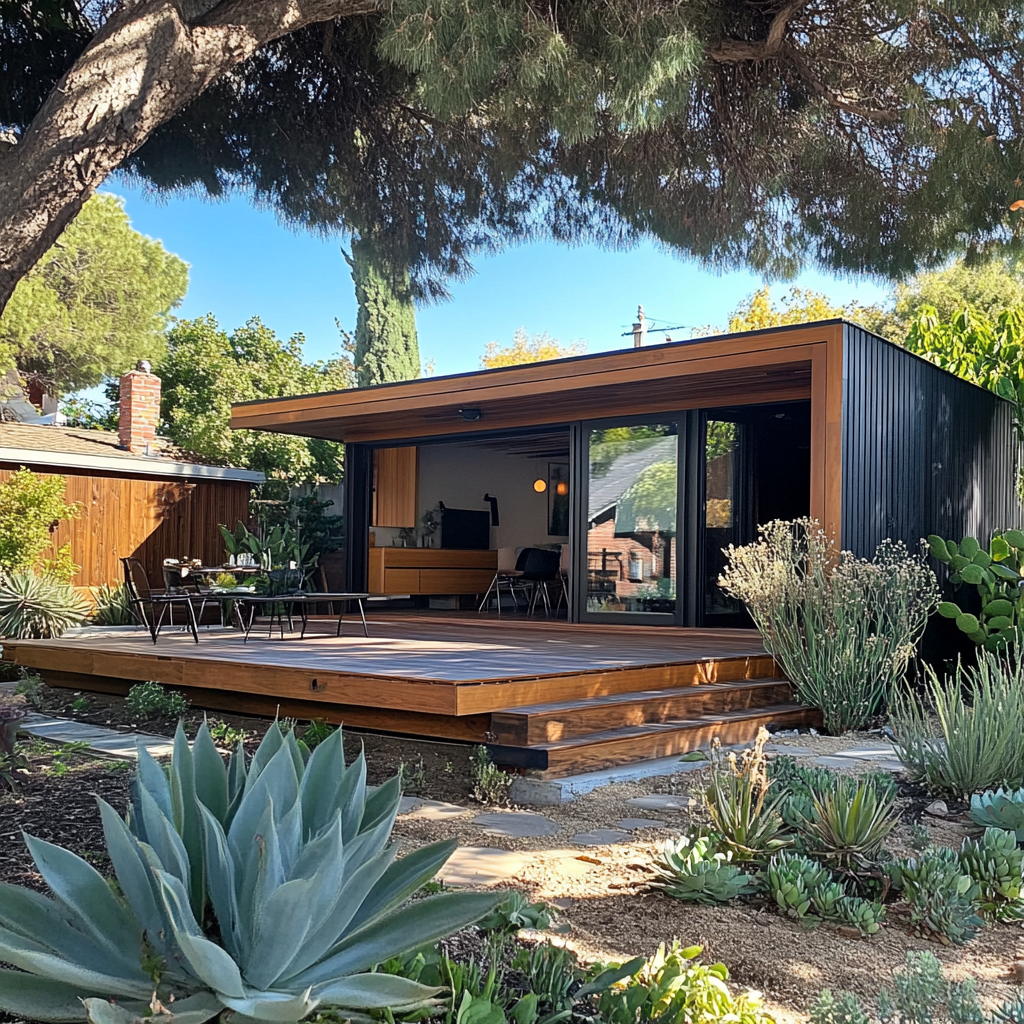 ADUs are a great way to add extra space for guests, family, or even to earn rental income. They can help adult kids or aging parents have their own space while staying close. Our ADUs also add real value to your home. Right now, California laws make it easier to build them—but this won’t last. Download the guide and contact me today! Andrei Karabetyan Your ADU Resource “From Permits To Construction!”Accessory Dwelling Units help with:Multi Generational FamiliesGuest HomeRental IncomeIncreased Home ValueView more information and your downloadable ADU guide HERE.  |
